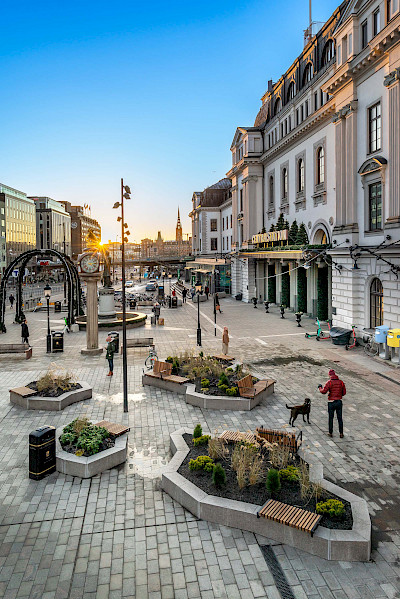Designing Memorable Travel Experiences
2024–06–08
2024–06–08
Travel hubs are gateways to new adventures and the first impression of a destination. As urbanisation accelerates, these key locations grow in importance. Thoughtful architecture and design can create environments that facilitate travel while enhancing safety, comfort, and social cohesion.
Humans have always had the urge to travel, explore new places, and create memorable experiences. Travel enriches our lives, provides new perspectives, and connects us with new places and people. Whether stepping off a train, alighting from a bus, or parking a bike, the travel hub is often our first encounter with a new city. For many commuters, it’s a daily experience. These are places where we meet, part ways, and sometimes wait for our next connection. For us, who design travel experiences, these hubs are crucial. They are the gateway to new adventures and the first impression of a destination
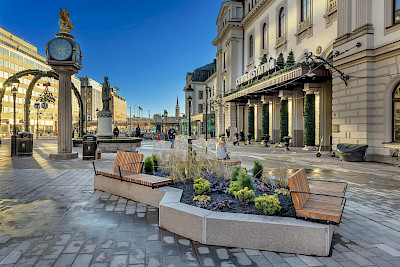
The area in front of T-Centralen is designed for functional taxi transport and meetings, but in practice, it can just as easily function for a bazaar, as it is furnished with Arkipelag.
“The pandemic gave us an unexpected pause in travel, offering time to reflect on how we travel and should travel. Post-restrictions, we’ve seen many cities and municipalities realise the importance of well-functioning, safe, and sustainable travel hubs,” says Henrik Edlund, CEO of Nola.
Urbanisation is accelerating, and cities are expanding, leading to a growing demand for both regional and local travel. In Stockholm, the yellow and blue metro lines are expanding, while Gothenburg is investing heavily in the West Link with several new underground stations. Copenhagen’s new Metro Cityring, opened in 2019 with 17 new stations, improves accessibility and facilitates sustainable travel within the city. Amsterdam has also made similar investments with the North/South metro line, inaugurated in 2018.
"Post-restrictions, we’ve seen many cities and municipalities realise the importance of well-functioning, safe, and sustainable travel hubs,”
Henrik Edlund, CEO of Nola.
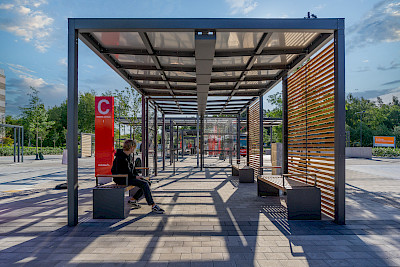
By furnishing an open space with weather protection, greenery, and good lighting, a safe and inviting environment has been created at Viktoriaplan in Jönköping.
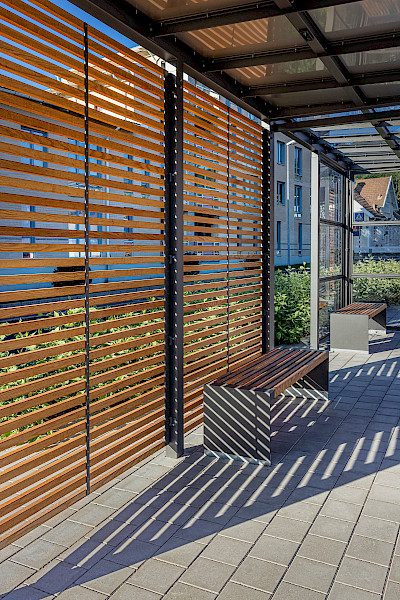
Improvements in public transport, from new lines and networks to upgrading existing stations and travel hubs, are essential for societal development. However, investments in public transport and travel hubs are not just about enhancing transport options but also about creating more inclusive, accessible, and socially cohesive cities.
“These areas are crucial for reducing social exclusion, improving quality of life, and promoting sustainable urban development. By combining architecture and design effectively, we can create places that are safe, accessible, and maintain their unique character over time,” continues Henrik.
By focusing on the traveller’s experience, safety, and a holistic design perspective, we can shape the sustainable and vibrant cities of the future, where every journey begins and ends with a positive impression.
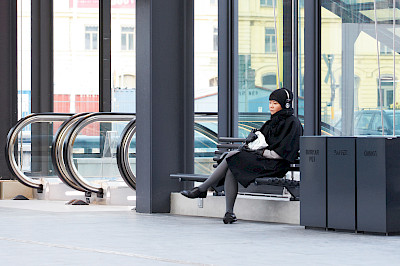
Malmö Central Station is one of Sweden's largest travel hubs, where a range of site-specific products have contributed to creating new, durable, and inviting seating and waiting areas.
Five Key Factors for Sustainable Travel Hubs According to Nola
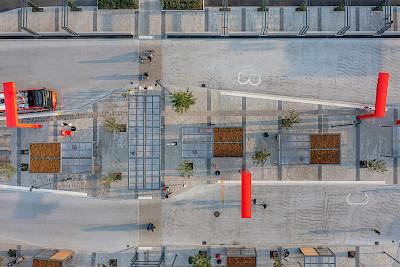
"By combining architecture and design effectively, we can create places that are safe, accessible, and maintain their unique character over time”
